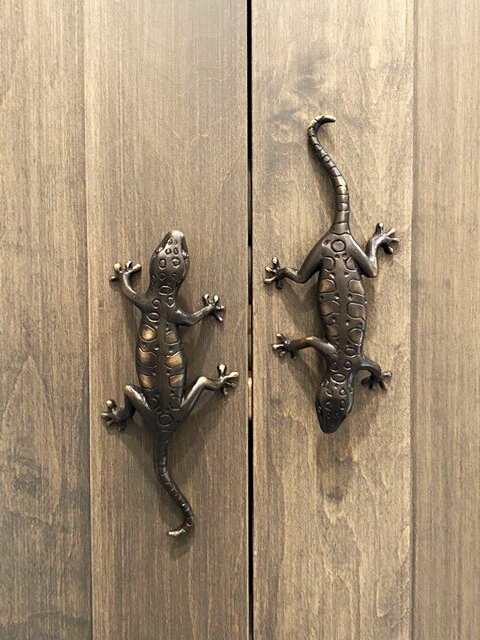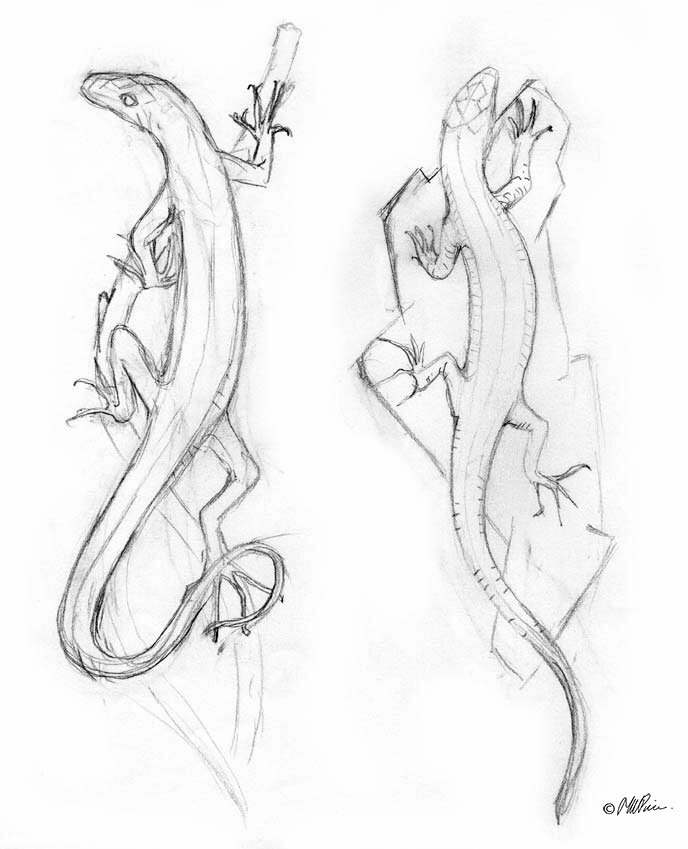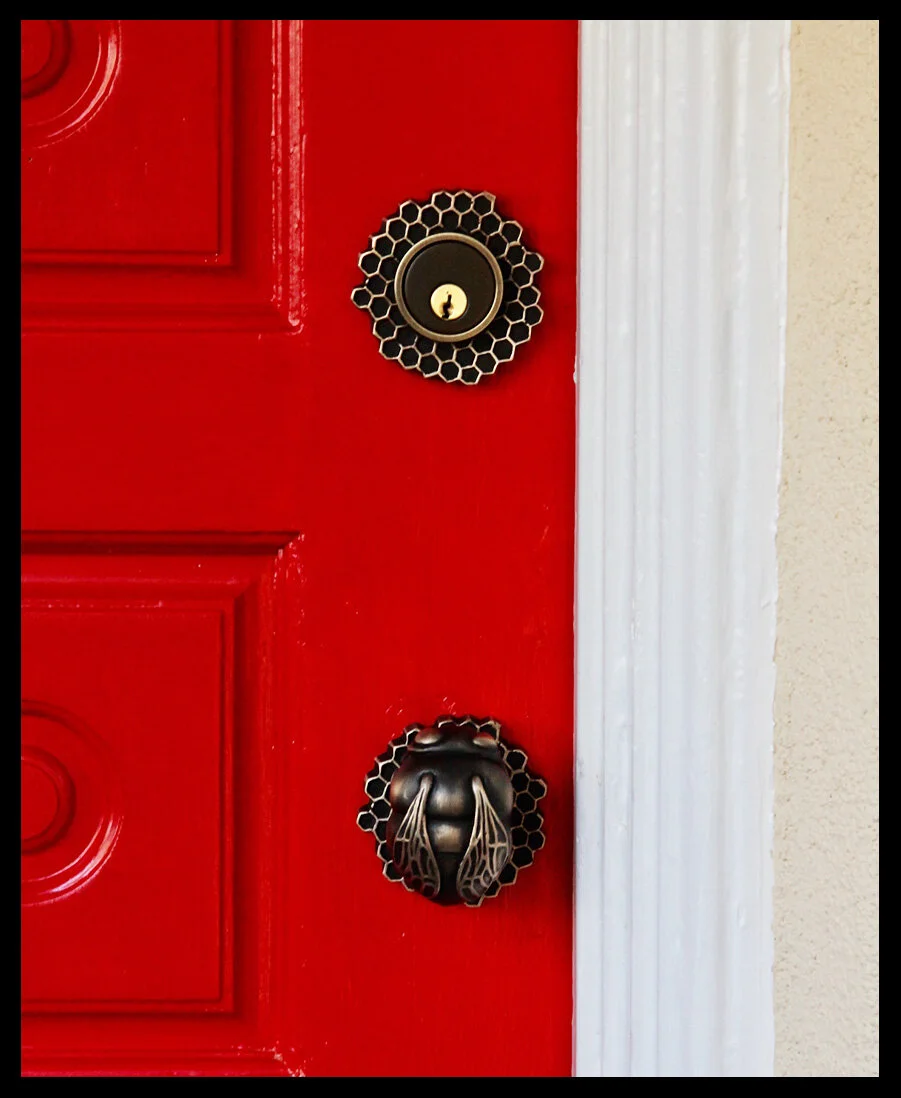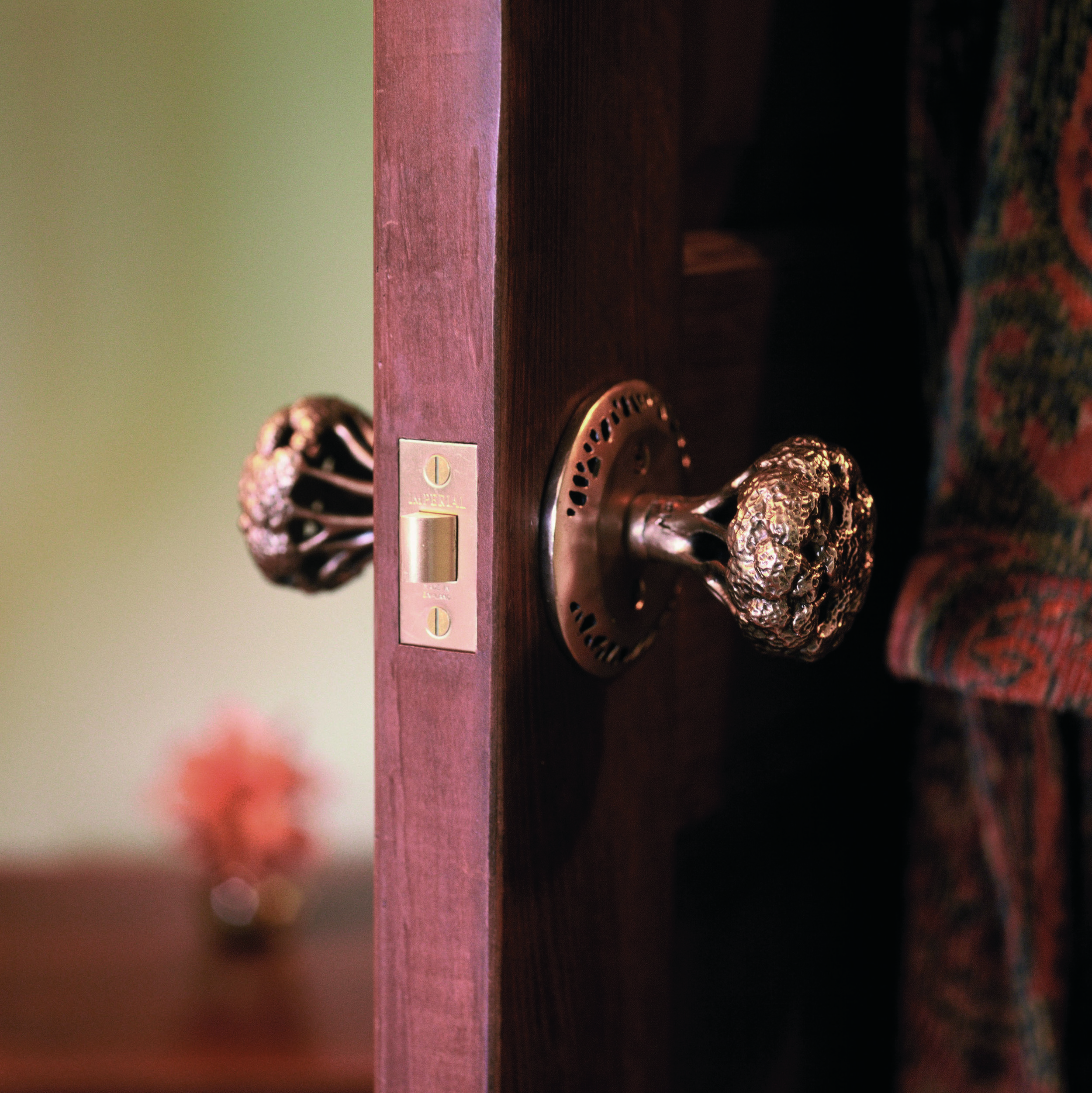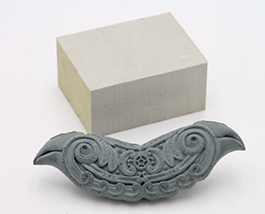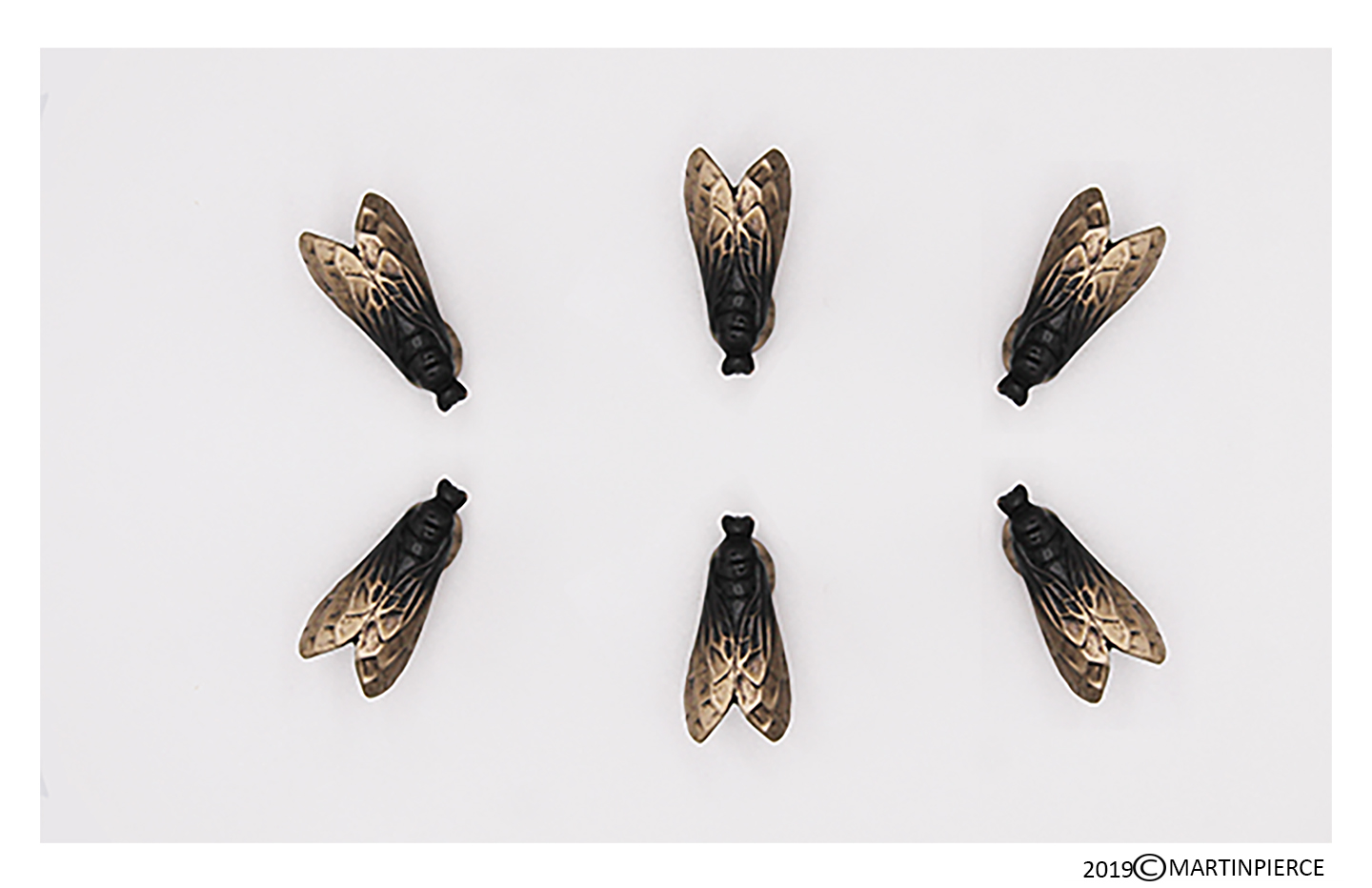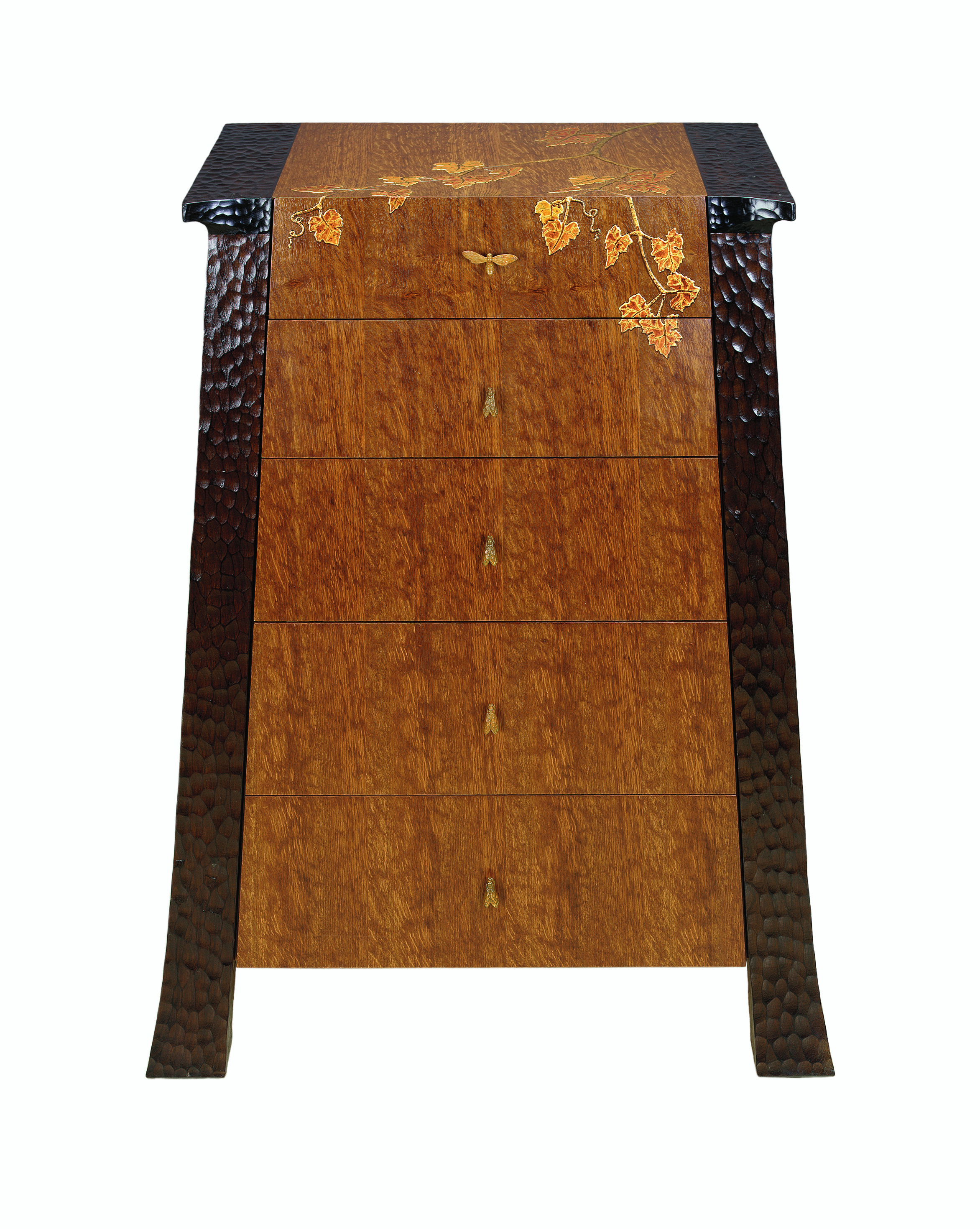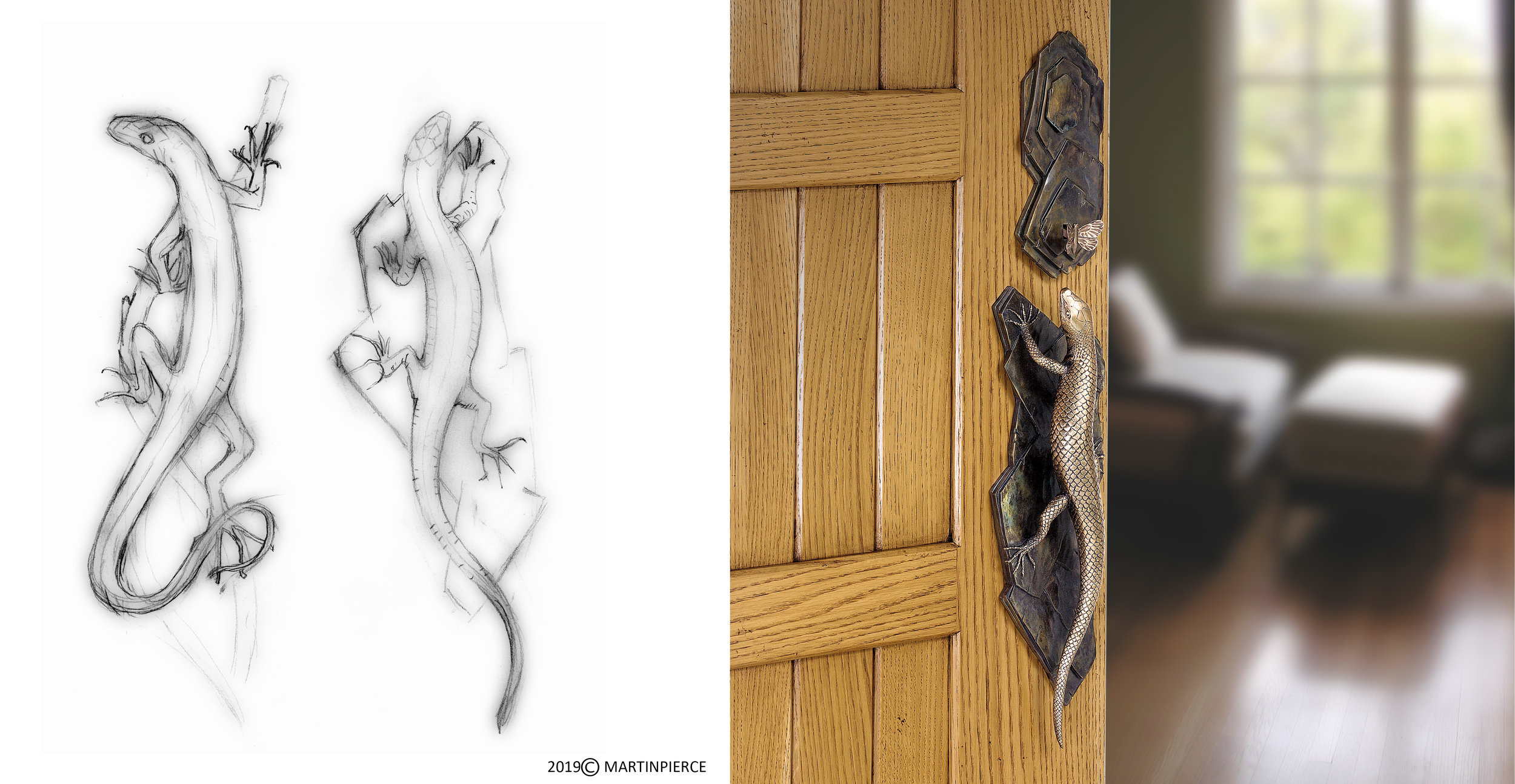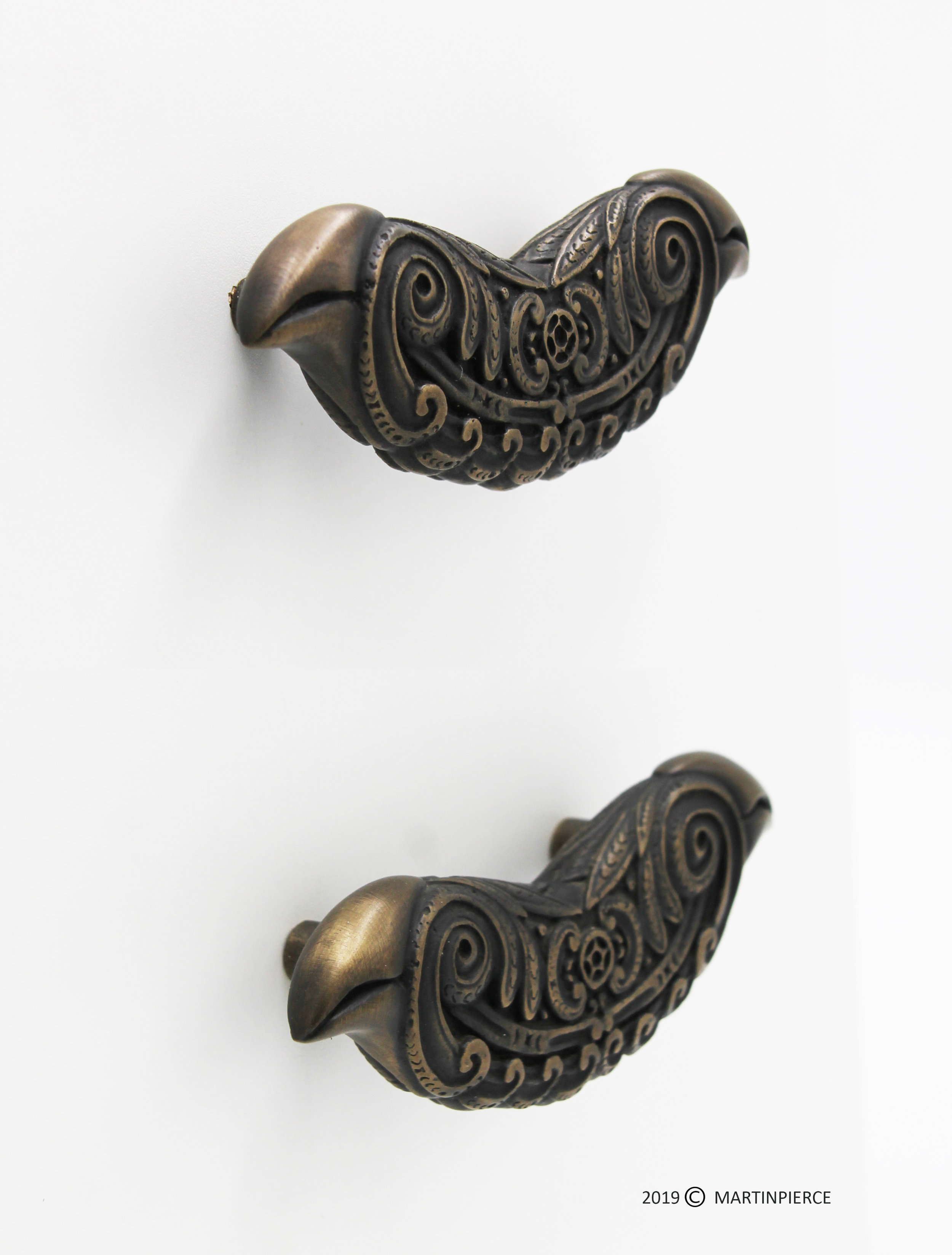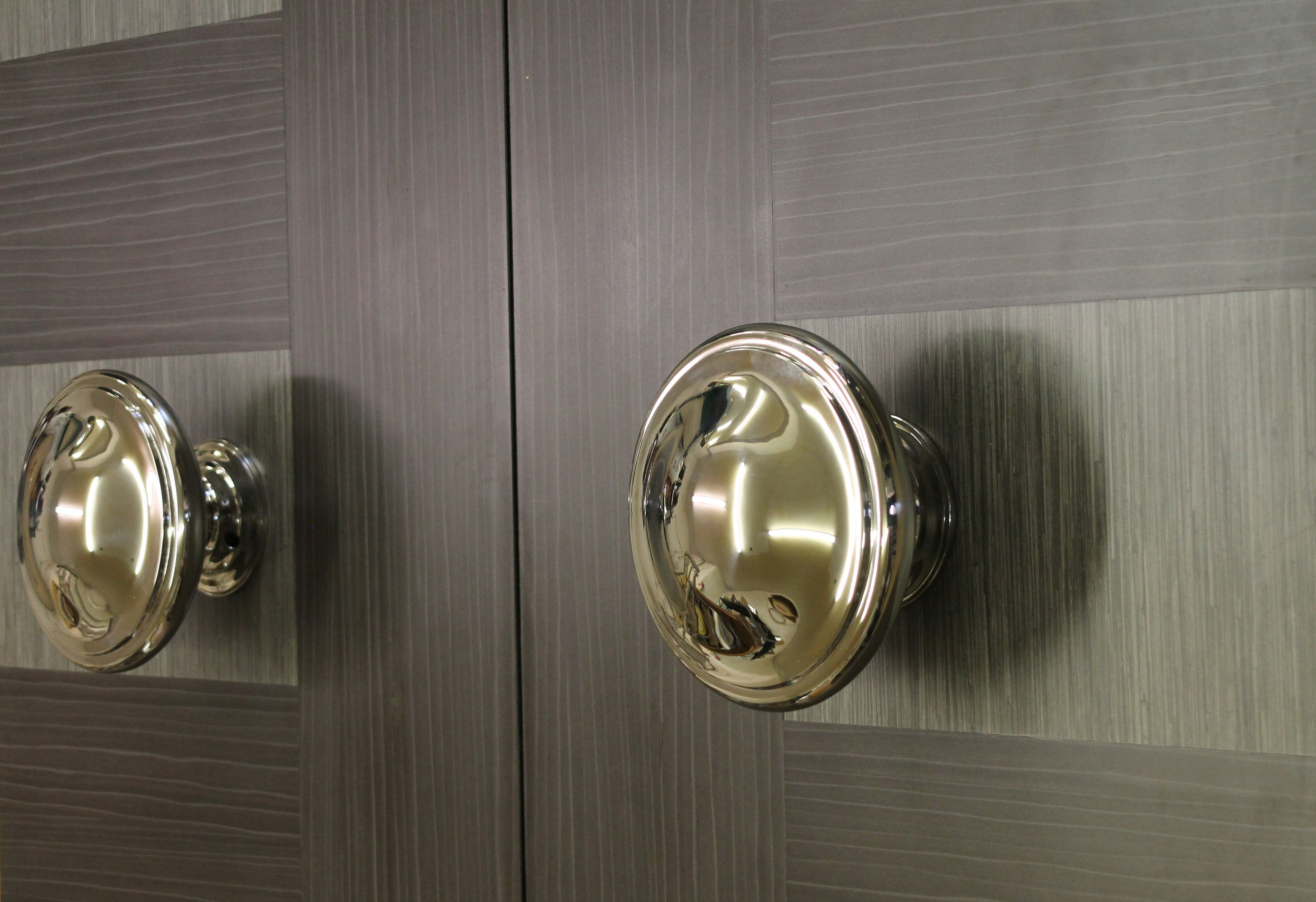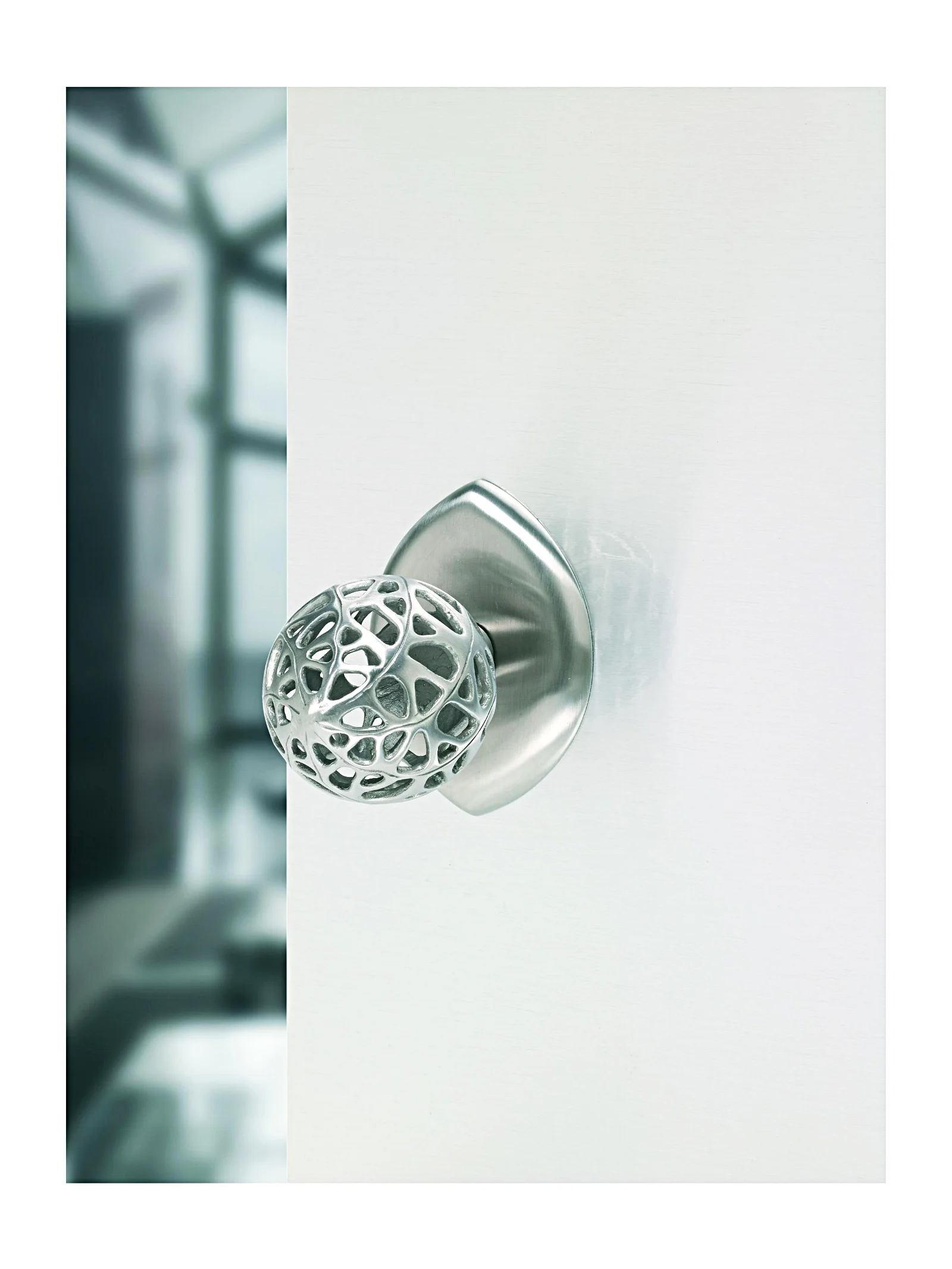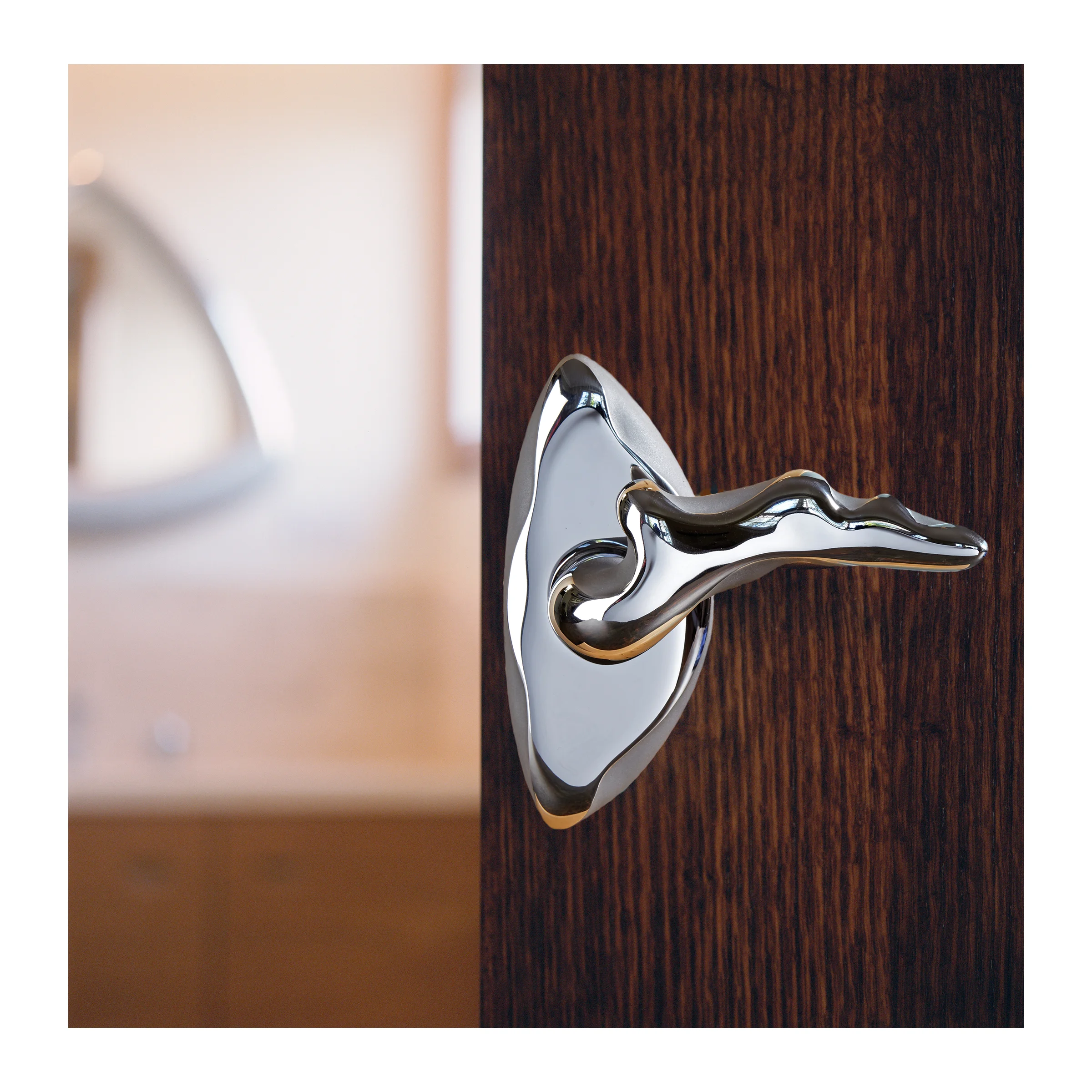Our cabinet pull collection evolved from our days as furniture makers. The first pieces were one of a kind and were 2 hand sculpted sycamore leaves carved in walnut that were used to open the pocket doors of a custom cabinet. The piece was commissioned by neighbors who became close friends and the piece was a collaborative effort with wood choices and Japanning details reflecting the ideas of 4 people. All by way of saying we enjoy working with creative people and are invariably pleased by what our clients create.
Susan Cyphers was in the process of remodeling her bathroom and had commissioned an Amish cabinet maker in her Chagrin Falls, Ohio neighborhood to make a Shaker style armoire. The armoire was custom made to house Susan’s linens and towels and in true Shaker style was minimalist in style and devoid of any ornamentation. A brief google search revealed that the Shaker philosophy was based on the principles of simplicity, humility and honesty and this was reflected in their choice of local woods and their avoidance of wood veneers or anything less than true. In keeping with Amish tradition, the cabinet was constructed with hand-made mortise and tenon joints rather than joints made by power table saws that are held together with dowels and screws. The result was a very well made beautifully proportioned cabinet with clean lines but one that really needed a decorative finale.
Susan was initially drawn to the frog cabinet pulls that are quite animated but was looking for a more eclectic grouping and selected the geckos for the upper doors and the moth and butterfly for the drawers below. The choice was inspired, and Martin and I love the way the geckos have been positioned one facing up the other down. The scale and center positioning of the drawer pulls also works well and the result is stunning piece that Susan’s imagination helped to create.

